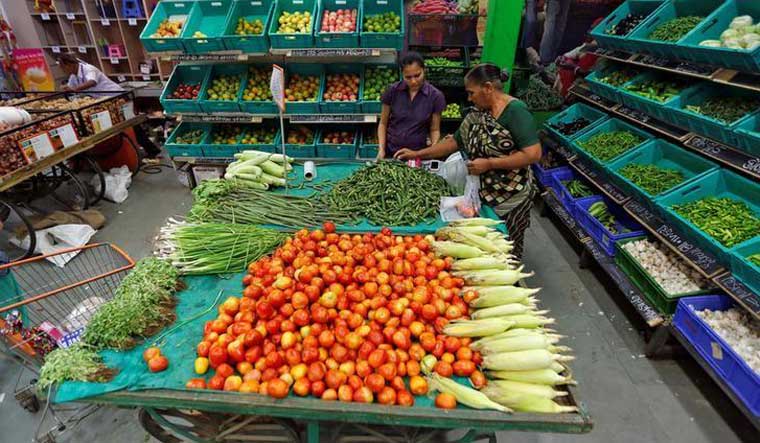From crude oil import prices to the impact of the second wave, anything and everything poses a cloud of uncertainty over the present inflationary trend in the Indian economy. Between April and October last year, the consumer price index (CPI) had averaged 6.4 per cent on monthly momentum, compared to just 4.7 per cent just a year ago.
CPI inflation averaged 6.2 per cent in the financial year ending March 31, 2021
An analysis by economist Sreejith Balasubramanian for IDFC Mutual Fund says that despite price pressure patterns changing fast and diverging from longer-term trends, a forecast on inflation this year in the country could have a high margin of error.
“In the new normal, uncertainty is the only certainty,” Balasubramanian quipped.
Even as the eventual progress of the pandemic and the economic recovery dependent on it could well determine which way inflation goes, the determinant factors have become too many, the report notes. This ranges from higher commodity prices, especially crude oil price, sectors which skipped price hikes last year due to the pandemic and are now due, domestic supply constraints due to issues like dearth of shipping containers in major trade routes and manpower shortage, rupee depreciation vis-a-vis dollar and of course, the fact that services sector recovery has been lagging manufacturing.
Not that there could be a silver lining to these clouds. Balasubramanian feels the worst of oil price hikes seemed to be over, while an efficient supply management strategy by the central and state governments could alleviate price pressure. Of course, there's nothing like a normal monsoon (as has just been forecast by the Met department Friday morning), healthy reservoir level and good crop output to keep food prices soft and inflation in check.
also read
- Normal monsoon predicted for 2024. Is it enough to bring down inflation?
- With inflation likely to cool and growth strong, shallow rate cuts likely in the second half of FY25
- Inflation has slid again in Europe. What does this mean for interest rates?
- Retail inflation at 5.09 per cent in February, almost unchanged from January
But all that depends on the coronavirus. “The biggest uncertainty is the path of the pandemic, currently in the form of a tail second wave,” he points out. “Any virus mutations, change in nature and pattern of infections, etc would matter.” Lack of vaccines and how stringent the government's response to the second wave, also remains to be seen.
All this makes financial year 2022 growth downgrades possible, the report warns.





